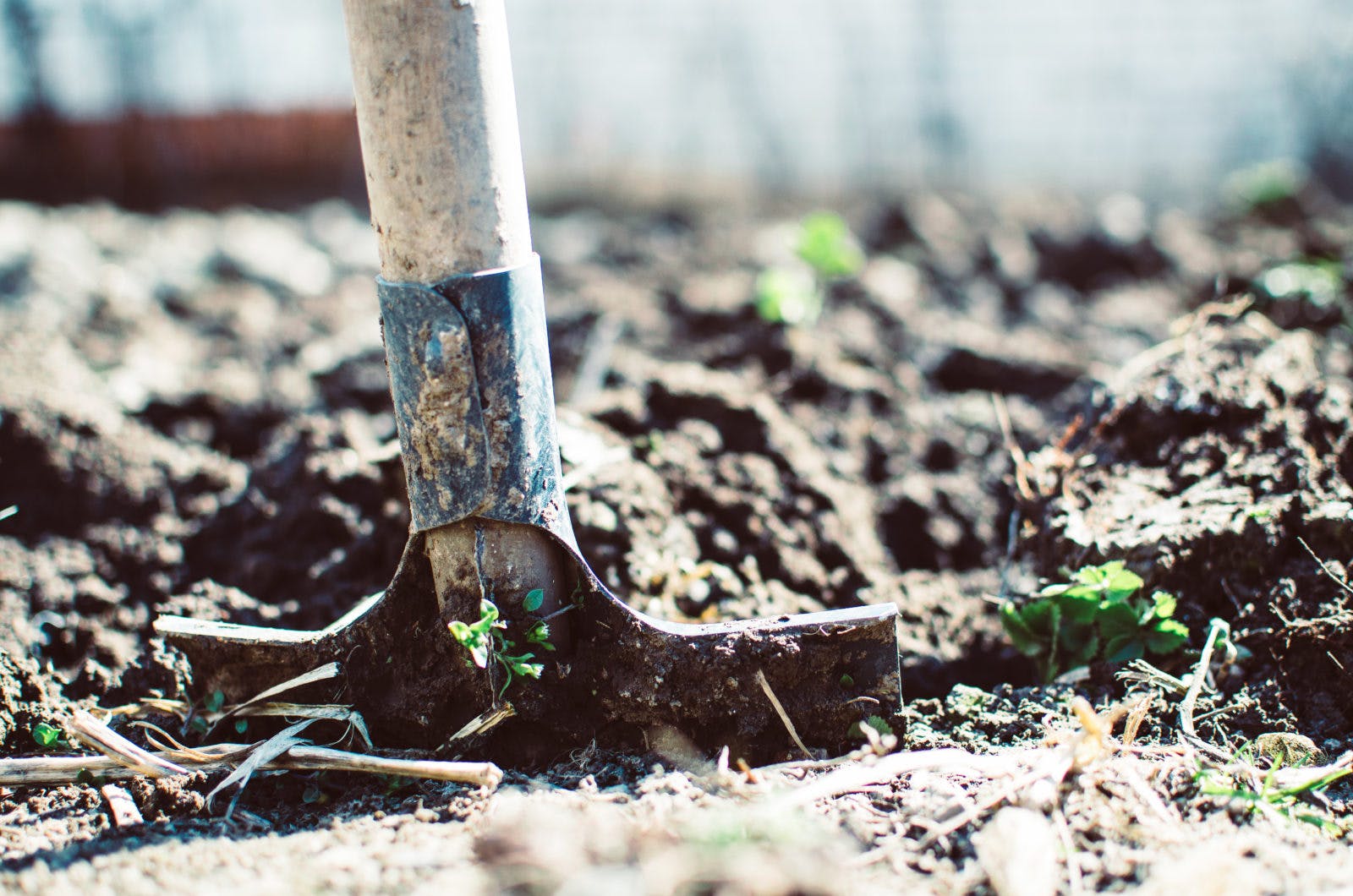As you may have heard, on February 22, 2019, British Columbia’s Lieutenant Governor approved changes to the ALC Act and ALR Regulations, which govern the use of Agricultural Land Reserve (ALR) land in British Columbia. For those living on these properties, there are some key changes to the rules that could affect your use and ultimate plans for your property. With that in mind, let’s take a look at what you need to know about the changes.
Why Were These Changes Needed?
There are currently 4.7 million hectares of ALR land in British Columbia that’s designated for agricultural use. According to recent reports, 10% of this land (47,000 hectares) produces a whopping 85% of B.C.’s farm receipts, meaning a great majority of ALR land is being underutilized.
According to Minister of Agriculture Lana Popham, this points to a larger problem of ALR land being used for purposes other than agriculture. In a statement released by the agency, Popham called attention to this problem: “The old government let wealthy speculators drive the price of farmland out of reach for young farmers and allowed some of our most valuable agricultural land to be damaged.”
As concerns about population growth and global warming and their effect on our food supply continue to grow, Popham introduced key changes to the ALC Act and ALR Regulations aimed to “…protect ALR land for its highest and best use – agricultural production.”
These changes came in the form of three revised regulations:
- ïReinstating one zone for all ALR land in British Columbia
- ïCapping the size of homes built on ALR land
- ïCracking down on the dumping of construction debris and toxic waste
Let’s take at each change in more detail.
From Two Zones to One
Prior to these changes, there had been two separate zones for ALR land in B.C. Zone Two, which has been eliminated as of these February 22nd rule changes, offered two key exemptions to ALR zoning restrictions:
1.It permitted a second single family dwelling, but only if the parcel is at least 50 ha in size and if the total area occupied by all residences and other residential structures, roads and service lines, and all land between them, is 4 000 m2 or less; and
2. It permitted a retired farmer to stay on the land in their own house by leasing back the small portion of land that includes the residence.
These exemptions are now gone, as all ALR land is part of a single zone. The goal of ending the “two-zone” separation is to make for improved decision making and protection of ALR land, ensuring the its primary focus will always be on agricultural production.
Restrictions on Home Size and Number of Dwellings on ALR Land
According to the Ministry of Agriculture, one of the biggest reasons that agriculture production has gone down and land prices have gone up is the construction of large mansions and other “lifestyle estates.”
To combat this, several restrictions have been placed on home construction on ALR property. First, new homes cannot have a total floor area in excess of 500 square meters without approval from the Commission. Second, no ALR property may have more than one primary residence without ALC permission. This includes dwellings for farm workers.
Now of course if you are already living in a home larger than the new size restriction, your property is grandfathered in. There are also provisions in place for those of your that have begun construction prior to the February 22nd ruling, however it is important to note that there is a vast array of rules and regulations, which get even more complicated when local governments get involved.
To be sure your dwelling(s) are compliant, take the time to review the full list of rules and regulations here:
https://www.alc.gov.bc.ca/alc/content/legislation-regulation/the-alc-act-and-alr-regulations
Dumping and Soil Removal
The third major rule change to ALR property includes much stricter provisions on removing soil or placing fill on these properties. With the intention of keeping ALR land is optimal condition for its intended use – agriculture – the ALC has capped removing soil or placing fill that is in excess of 1,000 square meters.
Special provisions have been laid out for those seeking exemptions, and for instances where this cap is broken in the context of regular farming operations, all of which are laid out in the ALC Act here:
https://www.alc.gov.bc.ca/assets/alc/assets/legislation-and-regulation/information-bulletins/information_bulletin_5_residences_in_the_alr.pdf
What Does This Mean for Me?
For those of you living the country life on ALR property, it’s important that you become familiar with these new regulations, as the Commission is very keen on enforcing them now that they have been signed into law.
Even if you choose not to farm on your ALR land, you should remember that the intended purpose of this land is to provide agricultural resources to the region, and that the choices you make about what to build, how to build, and how to use your property all have an effect on this purpose.
Be sure to consult with neighbours and local governments to ensure you all have a clear understanding of what the new rules mean for you, and the steps you need to take to continue enjoying the country lifestyle!
More information can be found on the ALC website here: https://www.alc.gov.bc.ca/alc/content/legislation-regulation/the-alc-act-and-alr-regulations. And as always, feel free to reach out if you have any questions about rural living in British Columbia. I am here to help!



